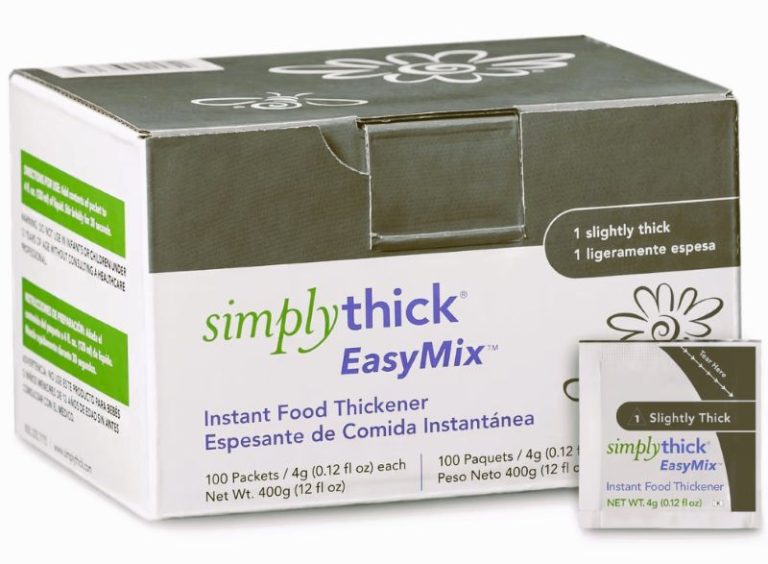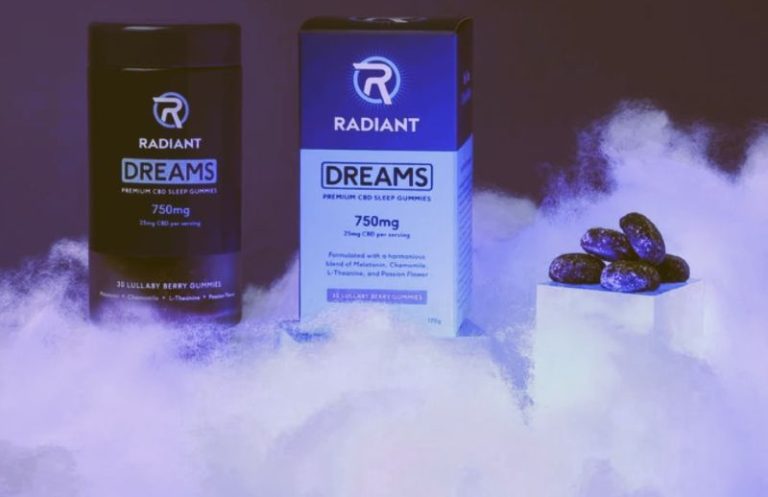
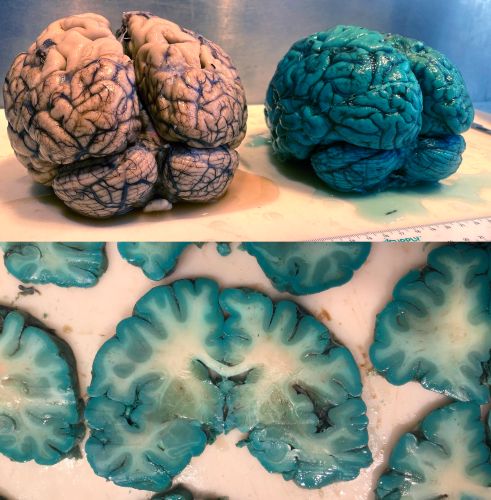
Methylene blue may remain a useful medical tool in its narrow, evidence-based contexts. Outside of that, it is more emblematic of a dangerous trend.

By Matthew A. McIntosh
Public Historian
Brewminate
Introduction
In certain corners of wellness culture, methylene blue has taken on the shimmering aura of a miracle compound. Social media influencers hold up tiny vials of the deep blue liquid as though they were offering ancient elixirs. The claims range from the bold to the fantastical: sharper cognition, improved mitochondrial health, faster recovery from illness, even protection against aging itself.
For those scrolling through quick-cut videos or skimming breathless blog posts, the substance can seem like a shortcut to biohacked vitality. What is often missing from these pitches is the unvarnished truth: that methylene blue’s use in humans is highly limited, its risks well-documented, and its much-hyped benefits largely unsupported by rigorous scientific evidence.
From Textile Dye to Medical Tool
Methylene blue’s history is less glamorous than the wellness industry would have it. First synthesized in the late nineteenth century, it was originally used as a textile dye. Later, scientists discovered its value in medicine for very specific purposes. At low doses, it can treat methemoglobinemia, a rare blood disorder in which hemoglobin fails to release oxygen effectively. It has also been used as a diagnostic stain in certain laboratory and surgical procedures.
None of these established medical uses overlap with the sweeping lifestyle claims now attached to it. The compound’s legitimate clinical roles are tightly controlled, dose-dependent, and require medical supervision. Over-the-counter availability, especially from online vendors without quality assurance, introduces a spectrum of dangers that are rarely acknowledged in influencer narratives.
The Leap from Lab to Lifestyle
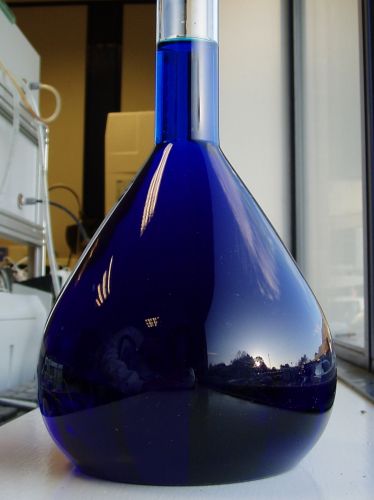
The current methylene blue trend thrives on the extrapolation of early-stage or animal studies into grand human promises. For example, laboratory research has explored its effects on mitochondrial function in isolated cells, leading some to speculate that it could combat age-related decline. While intriguing, these studies are not conclusive evidence for human benefit.
The problem lies in how such preliminary findings are translated, or distorted, for mass consumption. On social platforms, a single study on mice can quickly be reframed as proof that methylene blue is a cognitive enhancer for humans. This leap bypasses the rigorous and often years-long process of replication, clinical trials, and safety assessment that turns early observations into medically sound guidance.
Risks That Rarely Make the Sales Pitch
At the doses promoted in online wellness circles, methylene blue is far from benign. Side effects can include nausea, abdominal pain, dizziness, and headache. More serious reactions involve serotonin syndrome when combined with certain antidepressants, potentially leading to confusion, high fever, and dangerously elevated blood pressure.
High doses can cause hemolytic anemia in people with glucose-6-phosphate dehydrogenase (G6PD) deficiency, a genetic condition more common in certain ethnic groups. There is also the fundamental problem of purity. When purchased from non-medical suppliers, methylene blue may contain heavy metals or other contaminants, making its use even riskier.
The Cultural Appeal of the “Secret Cure”
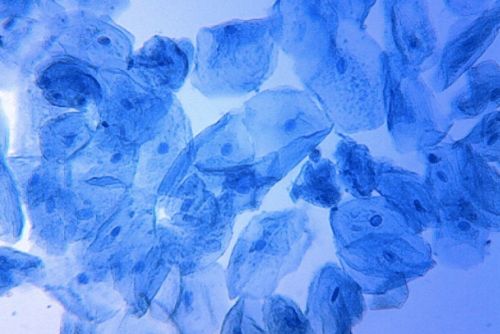
The methylene blue craze is not happening in isolation. It fits into a broader pattern of health trends that promise insider access to “hidden” science, a narrative that positions mainstream medicine as slow, cautious, and out of touch, while presenting self-styled wellness entrepreneurs as bold truth-tellers.
This framing has emotional power. It allows users to feel part of a select group who have “seen behind the curtain” and taken control of their health. The problem is that it also fosters a kind of echo chamber where skepticism is framed as ignorance, and caution is dismissed as fearmongering.
What Evidence Actually Says
Despite the noise, no large-scale human studies confirm methylene blue as a safe and effective supplement for general health, cognition, or longevity. Its approved medical uses remain narrow, and its potential in other areas is still speculative. Scientists researching the compound emphasize that while its chemistry is interesting, translating that into broad health benefits is a leap unsupported by current evidence.
Responsible experts advise against self-medicating with methylene blue outside of its clinical indications. The risks, both known and unknown, outweigh the unproven benefits, particularly when the substance is obtained without medical oversight.
Beyond the Allure
The rise of methylene blue as a lifestyle supplement tells us as much about the culture of health marketing as it does about the compound itself. In a landscape where novelty and narrative often outrun evidence, the burden falls on individuals to ask harder questions. What is the source of this claim? Who benefits from me believing it? And what do I stand to lose if it is wrong? Methylene blue may remain a useful medical tool in its narrow, evidence-based contexts. Outside of that, it is more emblematic of a trend that mistakes vivid color and confident marketing for proof, a reminder that in health, as in life, what looks extraordinary in a bottle is not always what it seems.
Originally published by Brewminate, 08.14.2025, under the terms of a Creative Commons Attribution-NonCommercial-NoDerivatives 4.0 International license.

